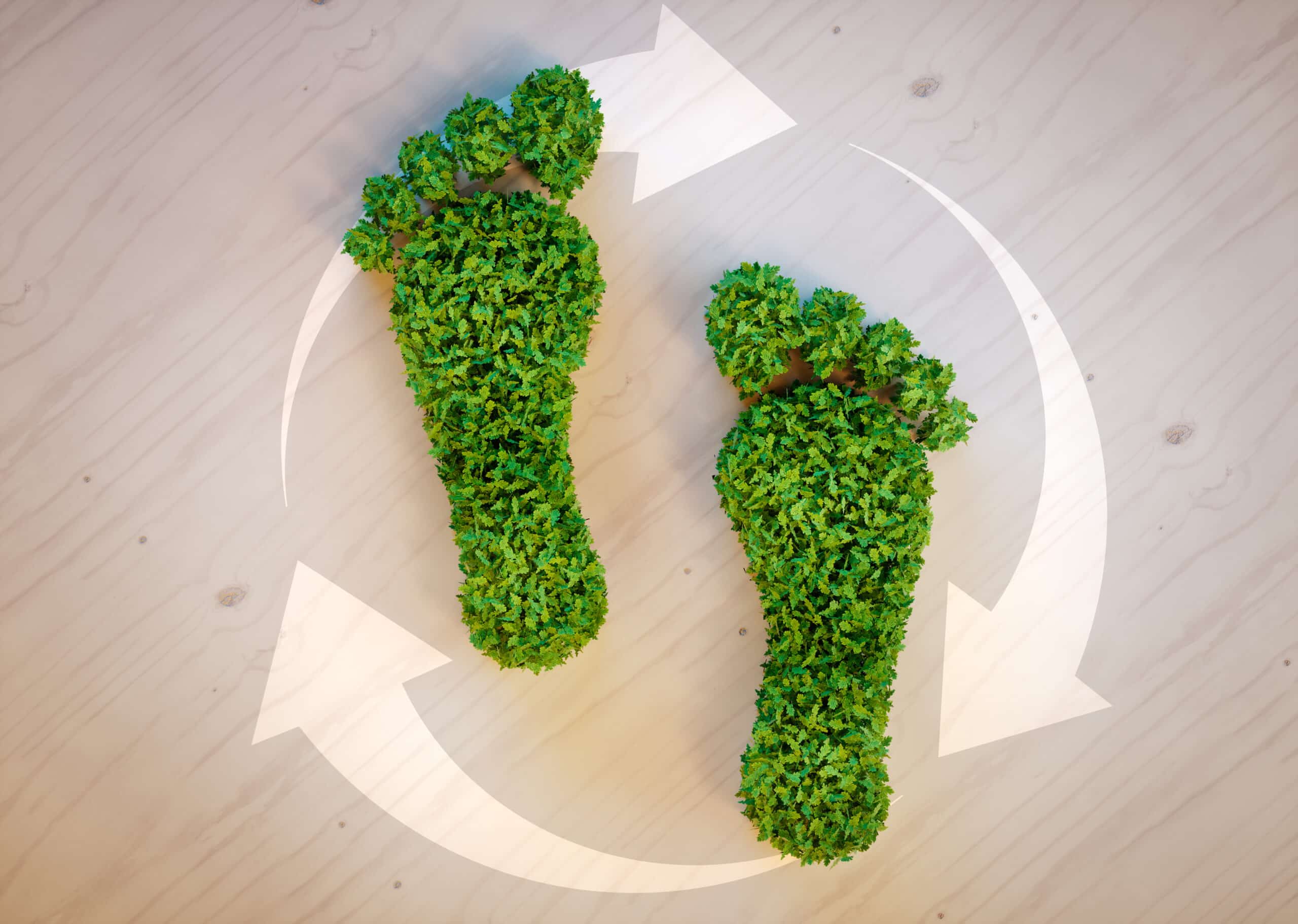The Indian Subcontinent experiences significant seasonal variance due to its geographic location. These seasonal changes affect our cattle in various aspects like health, diet and behaviour which must be understood.
Summer:
High temperatures, torrid dry weather, and deteriorating quality of fodder can put your cattle under immense stress and hinder their productivity.
Cows often eat less as a defence mechanism to minimize metabolic heat generation, but their first display of heat resistant stress is decreased feed intake. The severity of cows’ heat stress can be influenced by the colour of their coat, quantity of milk produced, breed, lactation cycle and their routine fitness activities.
In order to reduce the immediate and long-term effects of heat stress, it is crucial to assess the heat stress countermeasures, especially in their nutritional and dietary aspects.
Cattle farmers should provide high quality, nutrient-rich fodder, as the plants lose a lot of their protein, minerals and energy qualities in the course of summer. Energy and protein deficiency can hinder growth and have an impact on productivity, especially milk production. Hence, it becomes crucial to resort to feed supplementation to ensure that all required nutrients are into their diet. This eventually leads to lower fermentation in the rumen, optimal gut health, and digestibility. Minerals supplements, such as calcium and potassium can be included, as they lead to an increase in DCAD levels. Water consumption drastically increases in cattle and lactating cows by 40% and 70% respectively, as the temperature rises due to perspiration and increased lung activity. Hence it is key to provide them with clean and abundant water.
Monsoon:
Cattle farmers should stockpile enough and abundant feed and fodder before monsoon to suit the demands throughout the season. They should safeguard the storage of concentrate feed, since it is vulnerable to bacterial mould attacks in damp regions. To stay warm and function in the winter, cattle need to be fed with energy-enhanced foods. Hence, a sufficient ration plan should be set in place to accommodate the increased energy needs.
Monsoon grasses may seem flashy in bright green but they have minimal fibre and excess moisture, and when consumed, several nutritional deficiencies begin to show up in the cattle along with other side effects like decreased intake of dry feed, decrease in milk fat content and watery excrement. Mixing green and dry fodder, and feeding rice straw can be adopted as preventive methods. Adding feed supplementation minerals and vitamin D (for the lack of sunlight) into their diet is also ideal for their health.
Toxic plants and organisms like mosquito larvae start to emerge in monsoon and there is a possibility for cattle to feed on them while grazing. This can cause infections and prove fatal, so it becomes crucial for caretakers to protect their herds.
Winter:
In the course of winter, cattle tend to develop a slightly denser skin coat to naturally insulate themselves in colder temperatures. In this process, they are also shown to display high blood flow and heart rate which are defence mechanisms against extreme cold to fight fever and pneumonia.
Feed management in winter is also a demanding task as animals consume surplus feed in order to be productive. Cold weather causes significant loss of energy, which must be countered with proper wellness and care, and with regards to diet, it should be a high carb feed.
- Winters impact on bodily and metabolic responses.
- Greater oxygen absorption by the body.
- High amounts of adrenaline and cortisol and greater rumination.
For maintaining optimal and continuous production of milk , it is advised to feed dairy cows with energy filled grains in the quantity 0.8% of its body mass.
Newborn calves have very little fat retention for warming. To protect them, extra energy should be supplied. Whole cotton seeds and cakes can be induced with extra protein and carbs to provide them with a nutrient packed meal.
Standard drinking water requirements for cattle:
Potable water, preferably lukewarm water is to be provided at regular intervals ideally 3 times a day.
During free grazing, stagnant water areas are a hotbed for various harmful pathogenic microorganisms which can cause cholera and diarrhoea etc. when consumed. Hence, safe and clean water must be provided to the animals to avoid any disease which can hamper the health of the herd.
Conclusion
Any dietary adjustments, regardless of whether they’re increasing or decreasing the nutritional level of the feed, should be implemented progressively by taking into consideration the requirements of each and every animal and their health condition.




